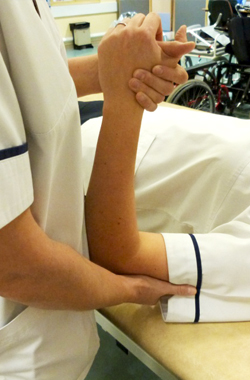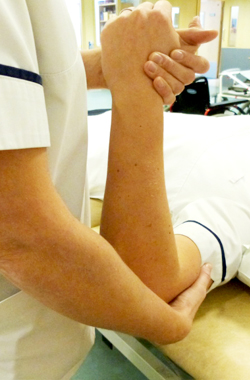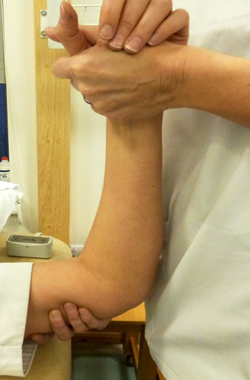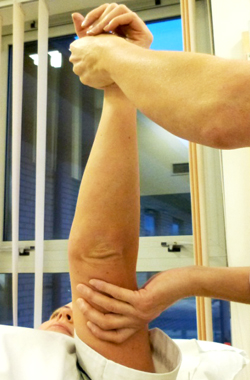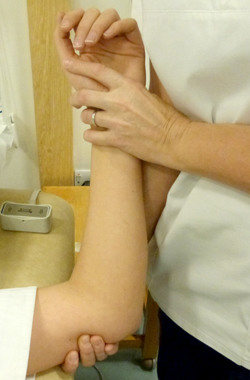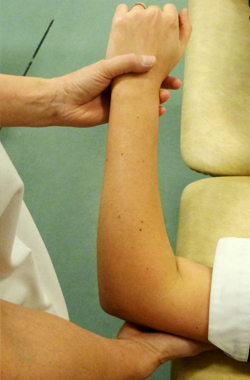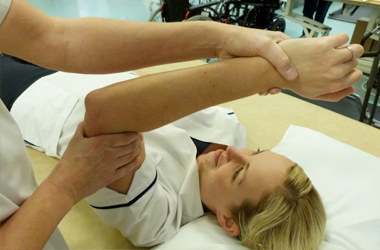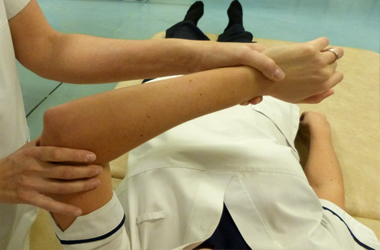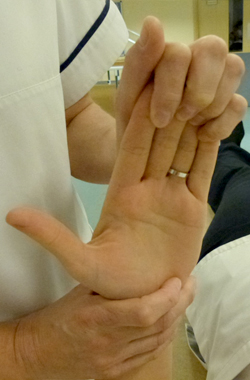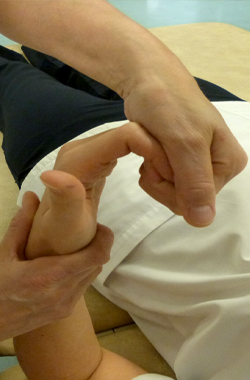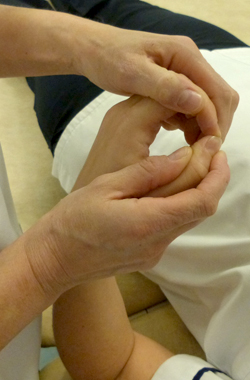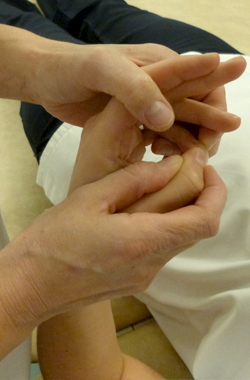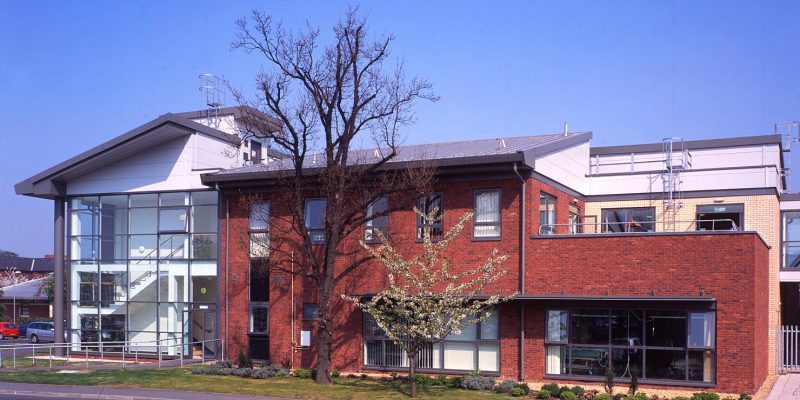
Spinal Cord Injuries
Why do we do them?
Passive movements or stretches are done with spinal cord injured patients for the following reasons:
Maintain joint range of movement
Maintain length in muscles
Improve circulation
While doing someone’s passive movements it is also a chance to check for any changes in the limbs such as an increase in muscle tone, changes in muscle activity and also to detect for any problems developing such as stiffening of joints or pressure areas.
There is not a lot of research supporting the use of passive stretches but based on feedback it has been found to be beneficial to patients in almost all cases.
How to do passive stretches
- If a person has not had stretches for a long time it is best to check with a doctor that it is safe to start doing them. They may need to have x-rays for any osteoporotic changes and if they do have osteoporosis more care will need to be taken when performing the stretches.
- Take care when handling the patient and do not expect to achieve full range of movement the first time you start to do their stretches.
- Begin with smaller movements and build up to the large movements.
- Always start with the bigger joints first, for example; hip or shoulder and work down the limb to the smaller joints such as the hands and feet.
- Ensure the bed is at the correct height for you.
- Ensure the patient feels safe and supported in the bed.
- Support the joint you are moving using as small a lever as possible so you can’t cause any damage to the joint by over stretching it or use too much force during the movements.
Hand hold for shoulder abduction
Hand hold for shoulder flexion
Hand hold for shoulder rotation
Hand hold for shoulder rotation with shoulder flexion
Compression of the shoulder joint

Hand hold for elbow flexion
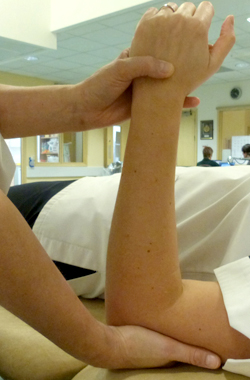
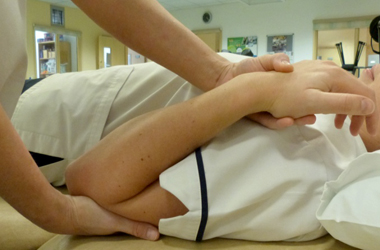
Hand hold for elbow extension
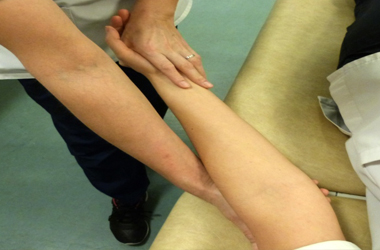
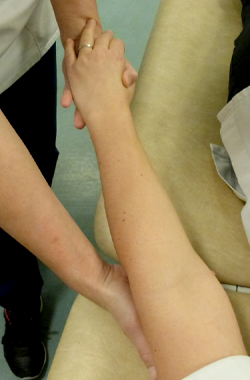
Hand hold for metacarpal mobilisation
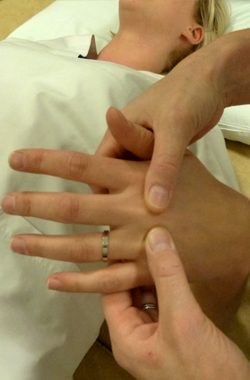
Hand hold for wrist flexion and extension
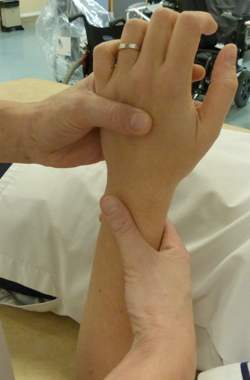
Hand hold for wrist flexion
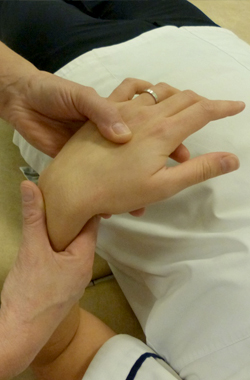
Hand hold for finger movements
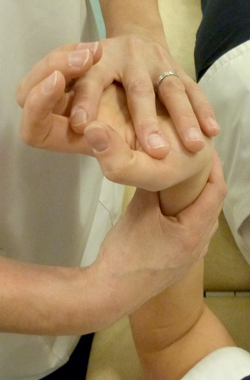
Hand hold for finger movements
Hand hold for finger opposition
Hand hold for metacarpal joint compression
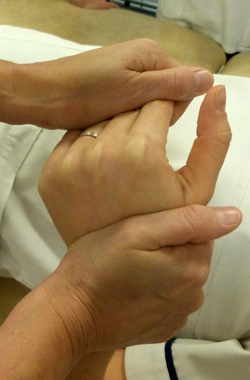
Patient experience
South Tees Hospitals NHS Foundation Trust would like your feedback. If you wish to share your experience about your care and treatment or on behalf of a patient, please contact The Patient Experience Department who will advise you on how best to do this.
This service is based at The James Cook University Hospital but also covers the Friarage Hospital in Northallerton, our community hospitals and community health services.
To ensure we meet your communication needs please inform the Patient Experience Department of any special requirements, for example; braille or large print.
T: 01642 835964
E: [email protected]
